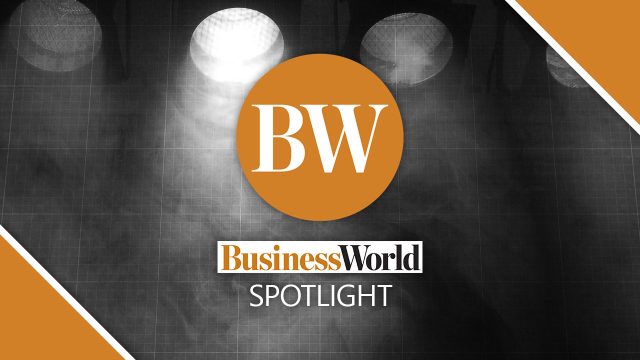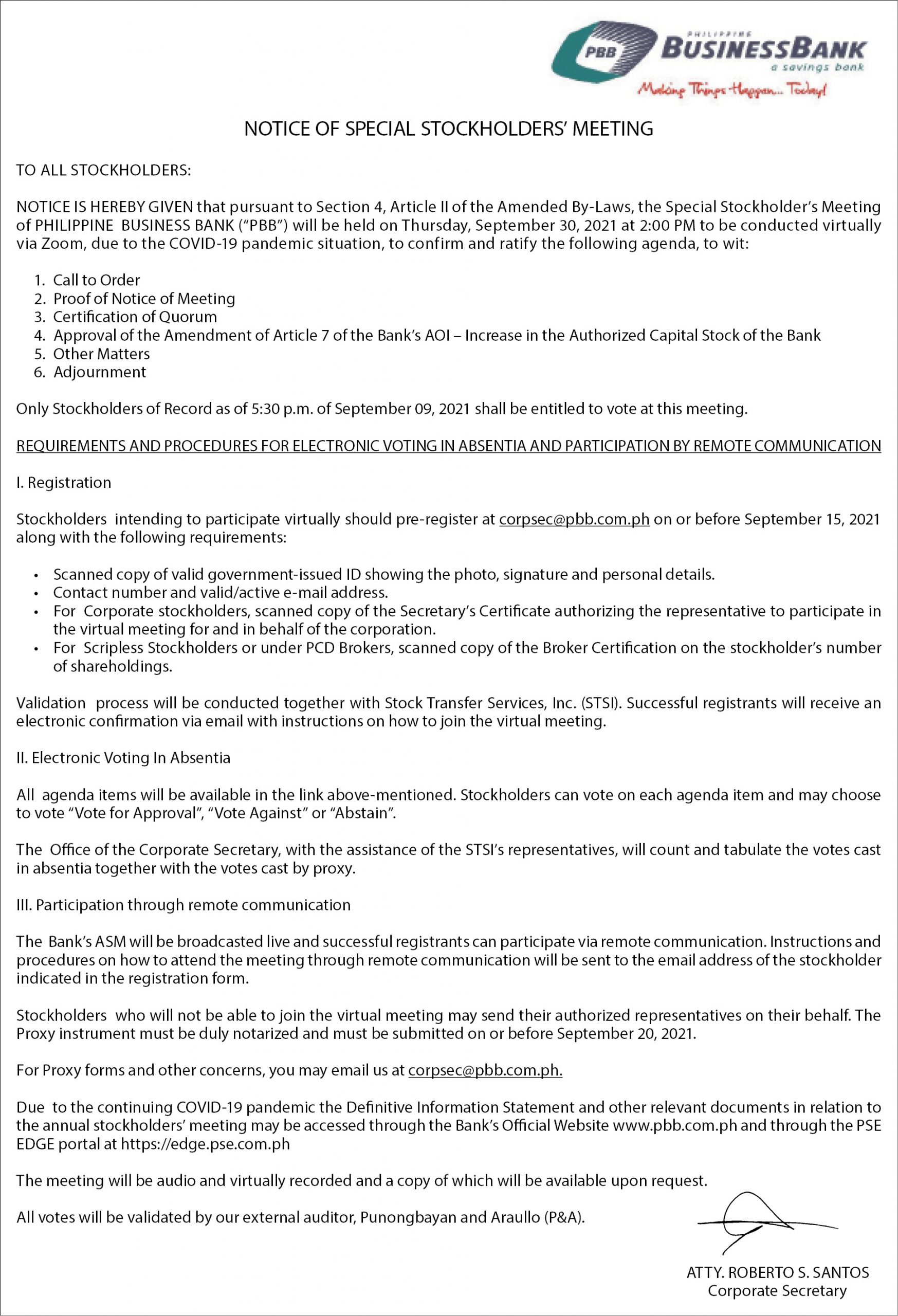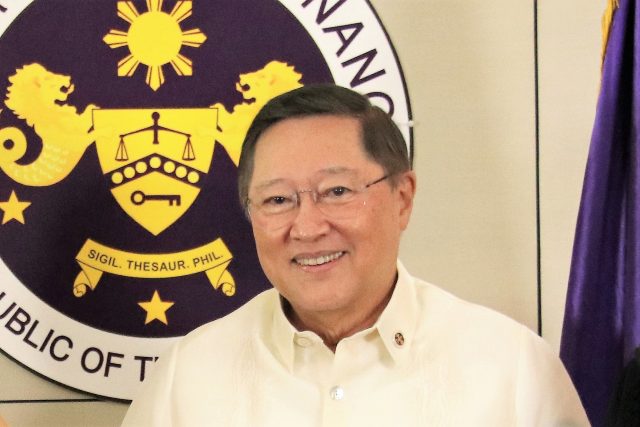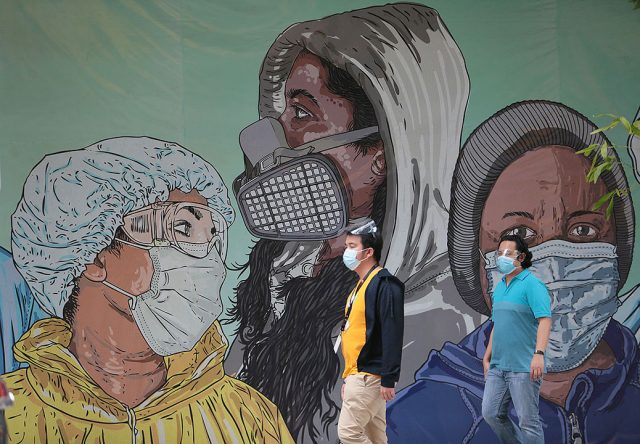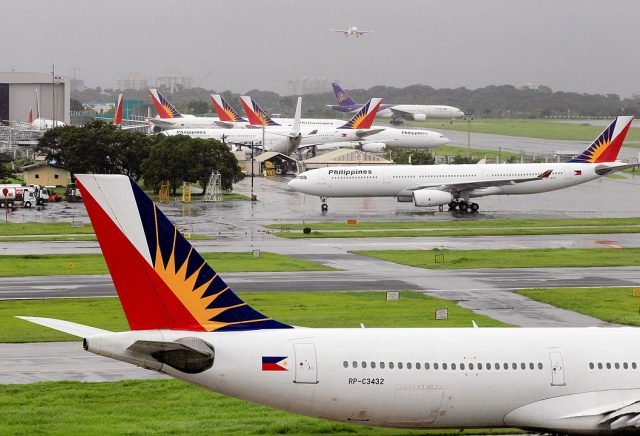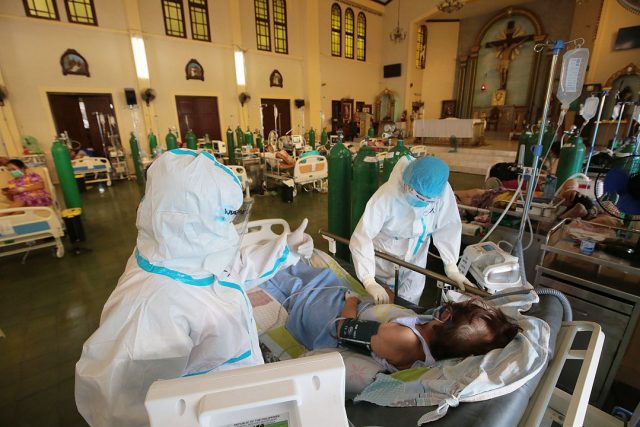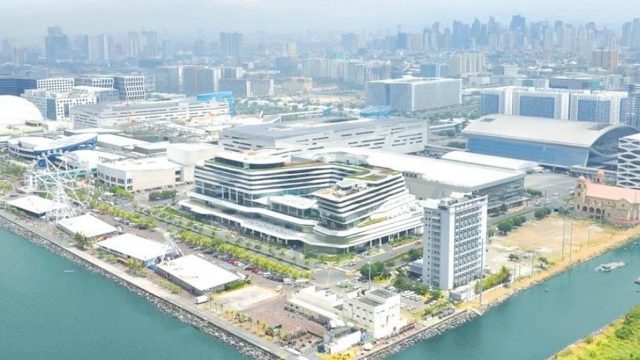PHILIPPINE Airlines, Inc. (PAL) said on Monday it may return to its pre-pandemic level of operations after 2025, as global travel demand is likely to remain sluggish in the next few years due to the prolonged pandemic.
The flag carrier, which is majority owned by billionaire Lucio C. Tan, last week filed for bankruptcy protection in the United States.
“We don’t foresee demand coming back to pre-pandemic levels until 2024-2025. At that point in time, we don’t believe we will be at what our size was, so more than $3 billion in revenue by 2025. We expect to reach those numbers closer to the back half of the decade,” PAL Senior Vice-President for Strategy Dexter C. Lee said at a virtual briefing.
As part of its restructuring plan, PAL is cutting its fleet by 25% which means it has to return 21 aircraft. From a fleet of 91 aircraft two months ago, PAL has returned seven and is set to return 14 more.
PAL Chief Financial Officer Nilo Thaddeus P. Rodriguez said it has negotiated with Airbus to delay the delivery of 13 new Airbus aircraft, with an option to cancel six or seven of these.
Despite the fleet reduction, Mr. Lee said the airline is currently looking at new routes.
PAL President & Chief Operating Officer Gilbert F. Santa Maria said the airline is still keen on mounting nonstop flights to and from Tel Aviv in Israel.
“[We will] pursue business with Israel when restrictions are lifted. We will not do what AirAsia did… and turn ourselves into another Lazada or Shopee [platform]. That’s not our strategy. We will reinforce our core business, improve our brand, and improve our marketing. We will recover that way,” he said.
Mr. Santa Maria said the airline anticipates to finish the year with revenues that are two-thirds lower than 2019 revenues or “bit lower than $3 billion.”
“About $2 billion have disappeared from the market given the current business environment including in 2020,” Mr. Rodriguez, the chief financial officer, said.
Asked if the airline’s rehabilitation plan includes closing or selling of assets or units to cut expenses, Mr. Santa Maria said: “No… [We are not selling more assets] that are not already for sale.”
Mr. Santa Maria also reiterated that PAL has no plans to cut jobs. In March, the flag carrier implemented a company-wide workforce reduction program that covered 2,300 workers.
“The reality of the pandemic is still on us, and that the only caveat to my statement that we will no longer have additional job cuts is we hope the pandemic does not become worse, and that we can actually recover,” he noted.
CHAPTER 11 EXIT
PAL officials are confident that the flag carrier will exit the Chapter 11 process before the end of the year.
“The old process, the last time Philippine Airlines went through a [corporate] rehabilitation (filed in 1999), it took seven or eight years for the Philippines to leave the receivership program… That is no longer going to be necessary by filing under Chapter 11,” Mr. Santa Maria said.
“Once we exit before the end of the year, we’re done. We will have a lighter balance sheet, [and] we will have new capital… So, we will be done before the end the year,” he added.
PAL’s case is assigned to the US Bankruptcy Court New York Southern District, Manhattan division office.
“The court will have to approve what they call a plan of reorganization, and in this plan of reorganization, it contains basically PAL’s recovery plan, all the restructuring support agreements, which 92% of PAL creditors signed,” Mr. Rodriguez said.
Once the court approves it, PAL will be able to exit or emerge from the Chapter 11 process within the “next few months,” he added.
Under the restructuring plan, PAL aims to cut $2 billion in borrowings, and will get $505 million in long-term equity and debt financing from its existing shareholder and banks. It will also secure $150 million in debt financing from new investors.
“Some (of the $505 million) will be used to pay catch-up payments on what we owed them or what we have negotiated with them in terms of fulfilling those restructuring support agreements, the rest would… go to the liquidity requirements of our operations during this period and beyond,” Mr. Rodriguez said.
PAL Holdings, Inc., the listed holding company of PAL, and Air Philippines Corp., or PAL Express, are not included in the Chapter 11 filing.
The airline’s top five creditors with the largest “secured claims” (excluding claims of insiders) totaling to $866.09 million are Philippine National Bank ($156.51 million), Banco De Oro Unibank, Inc. ($80.42 million), China Banking Corp. ($54.83 million), EXIM Guaranteed Loans ($240.1 million), and PK Airfinance S.A.R.L. ($334.23 million).
Its 40 largest creditors with “unsecured claims” (and who are not insiders) totaling to more than $1.4 billion include Philippine National Bank ($115.92 million), China Banking Corp. ($65.27 million), and Asia United Bank ($75.30 million).
PAL Holdings, the airline’s listed operator, had been incurring losses even before the pandemic crisis. Its attributable net loss widened to P71.91 billion in 2020 from P10.31 billion in 2019. — Arjay L. Balinbin





